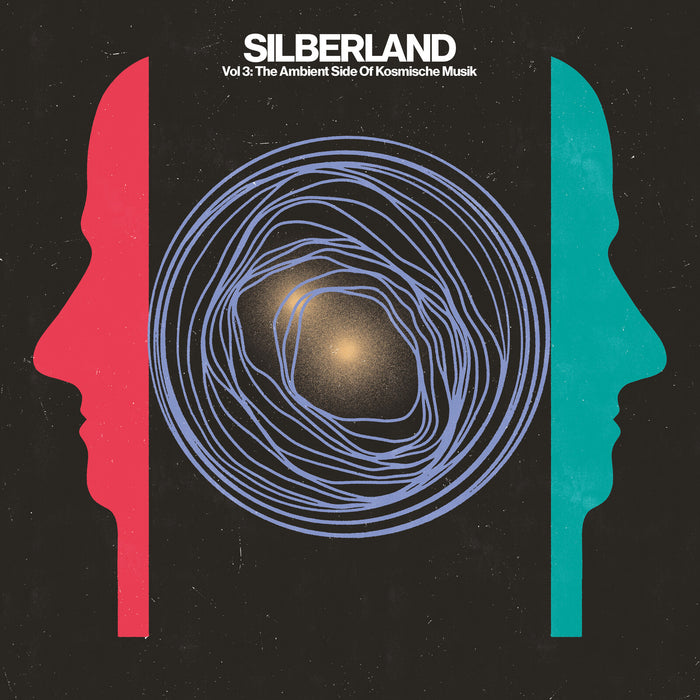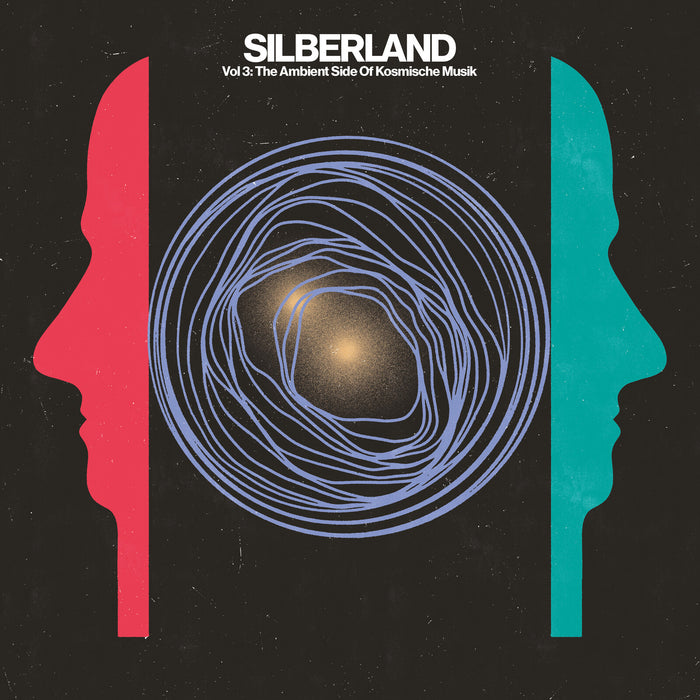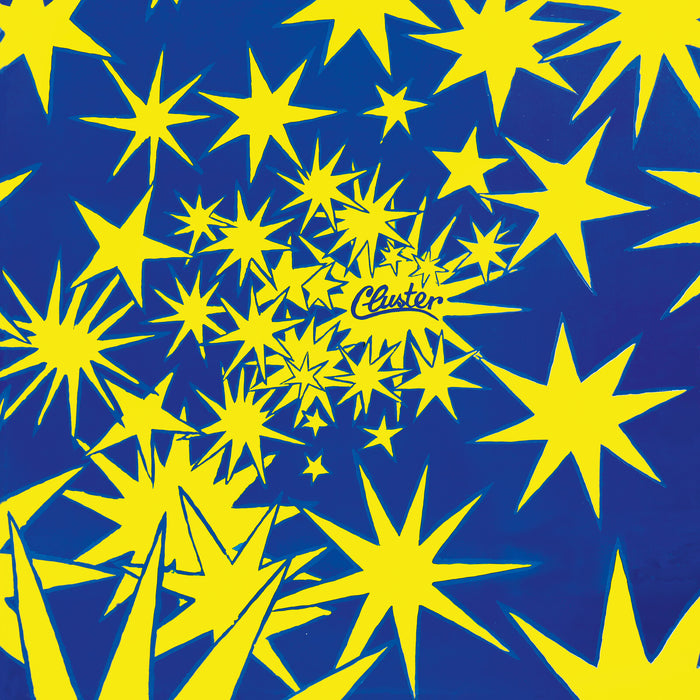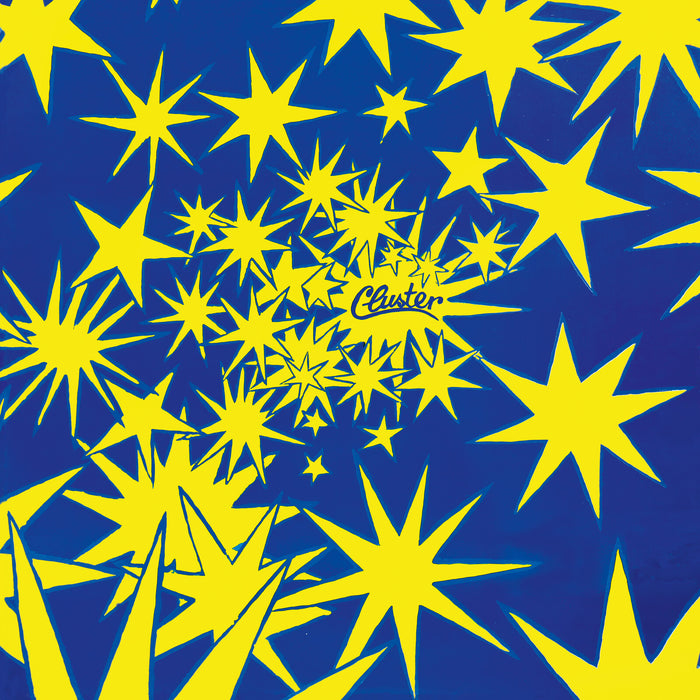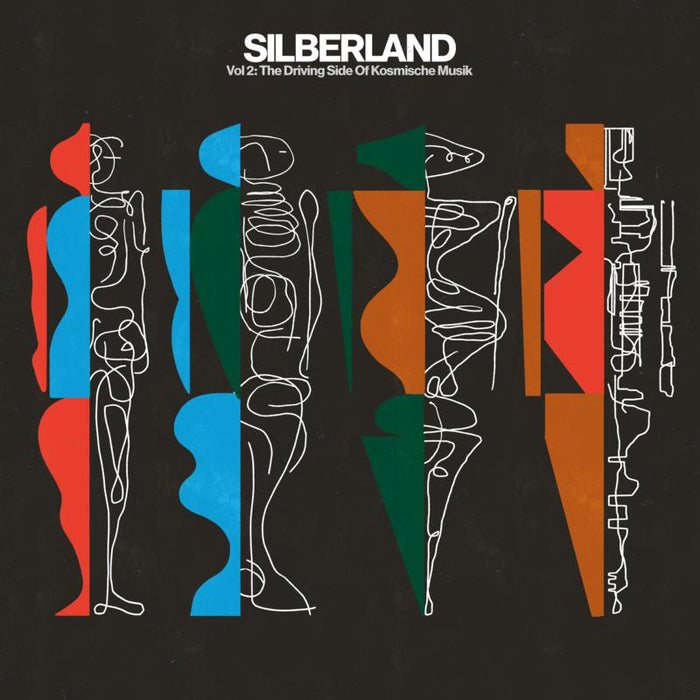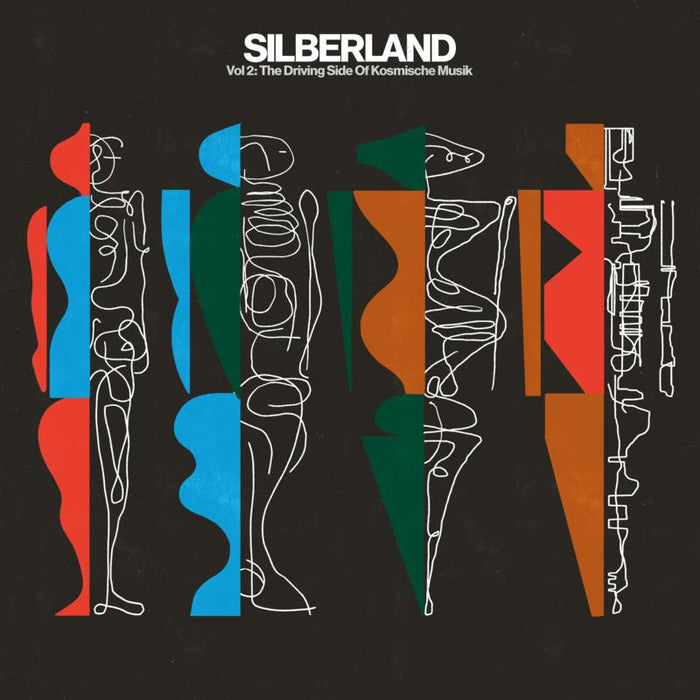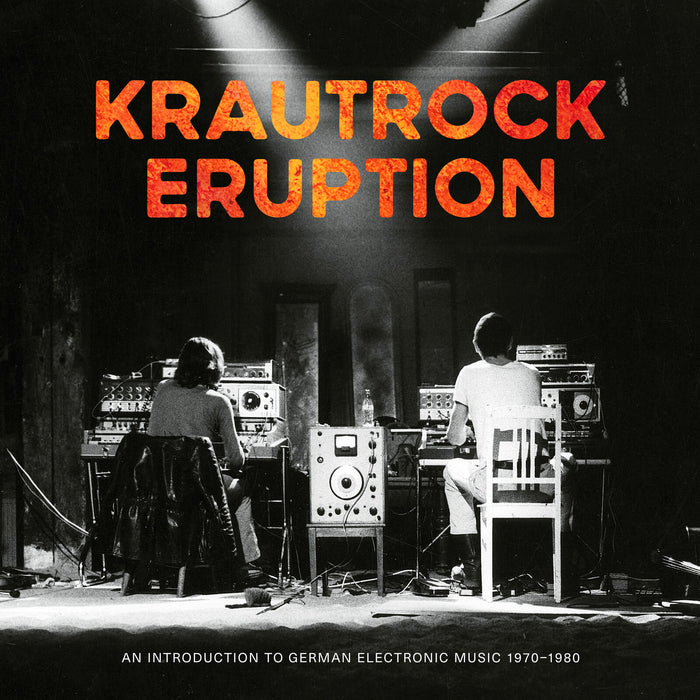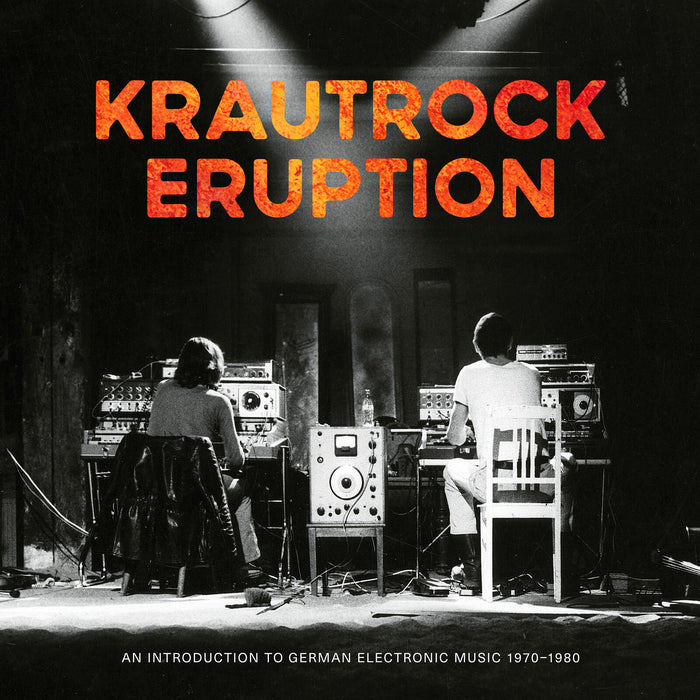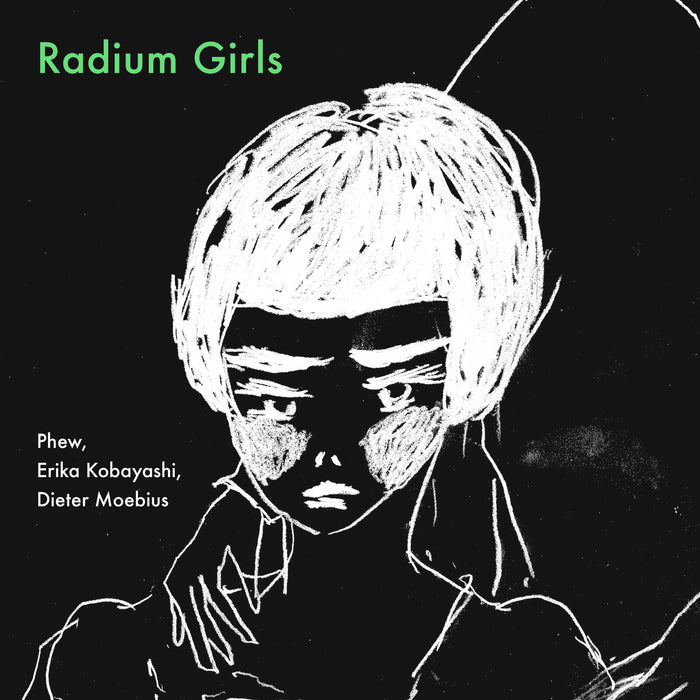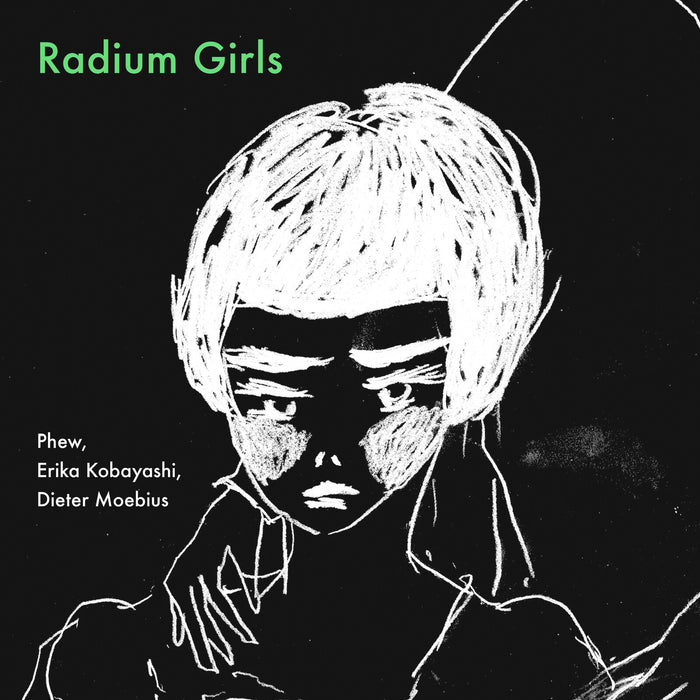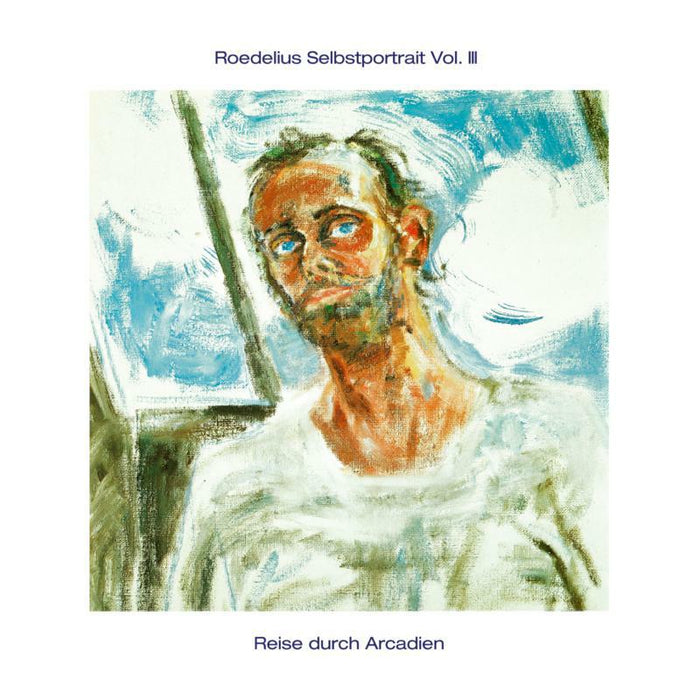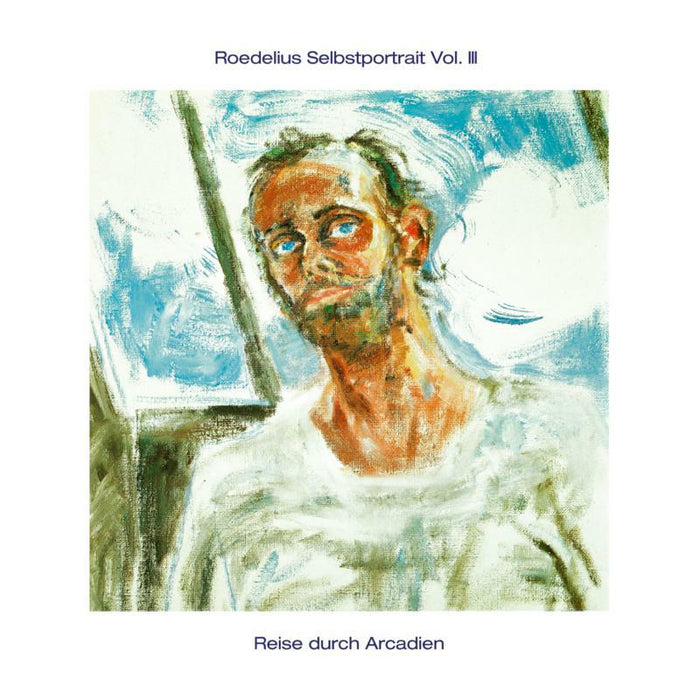Description
Conrad Schnitzler is one of the great pioneers of electronic music. There was a particular type of artist who could only have emerged in the legendary early 1970s. Few musicians fit the bill better than Conrad Schnitzler. Revolution, pop art and Fluxus created a climate which engendered unbridled artistic and social development. Radical utopias, excessive experimentation with drugs, ruthless (in a positive way) transgression of aesthetic frontiers were characteristic of the period. The magic words were ?subculture?, ?progressivity? and ?avantgardism?. As an acolyte of action and object artist Joseph Beuys, Schnitzler embraced the former?s ?extended definition of art?, in which controlled randomness assumed an important role. Schnitzler actually extended the concept of ?music?. Or to put it another way: he cared not one iota for existing rules of music, preferring to create his own or conceptualizing a certain degree of lawlessness. In the first half of the 80s young pop musicians discovered the true potential of Schnitzler?s radical musical concept. Henceforth, his name was quoted with increasing regularity in the same breath as industrial, new wave and other experimental music genres of the 1980s. Schnitzler?s style was really too idiosyncratic ever to set a precedent, but he was, and still is, one of the most significant inspirations for pop music in more recent times. Already a figure of prominence, perhaps he will one day be elevated to the status of a legend. About Baal & Mortimer. Since 2014 Baal & Mortimer is the project of Alexandra Grubler, sonically exploring questions of resistance, autonomy, matter and speculation. The debut album Deixiswas released on Bureau B in 2020 and the EP The Torso Tapes on ITALIC in 2021. In the same year she released the 7? single And the Sky gave up the Dead for the Kunsthalle Dusseldorf exhibition Journey through a Body. After having gained an M.A. in aesthetics and philosophy, she currently lives in Berlin, researching the concrete potentialities between sound, language and body. Baal & Mortimer has worked with Black Merlin, Musiccargo and Rupert Clervaux and was the mentee of Laurel Halo in the Berlin Amplify program in 2018. Baal & Mortimer on her Con-Structions. Conrad Schnitzler?s music came to me first in Dusseldorf at Salon des Amateurs, roughly 2007 or 2008, most definitely in the early morning hours, in the shape of his track Das Tier. I remember his name coming up quite a bit, deeply routed in a specific experimental/Kraut discourse and I liked listening to his records, but working with his archive added an entirely different, physica lintensity.Instead of reworking the material on its own, I chose to find traces of melodies, harmonies, notes within it, using them as seeds to add and derive new compositions. Schnitzler?s archive became the foundation and departure point from which a process of accumulation and chiseling away started. Through playing things on wrong speed, stretching, or warping,





